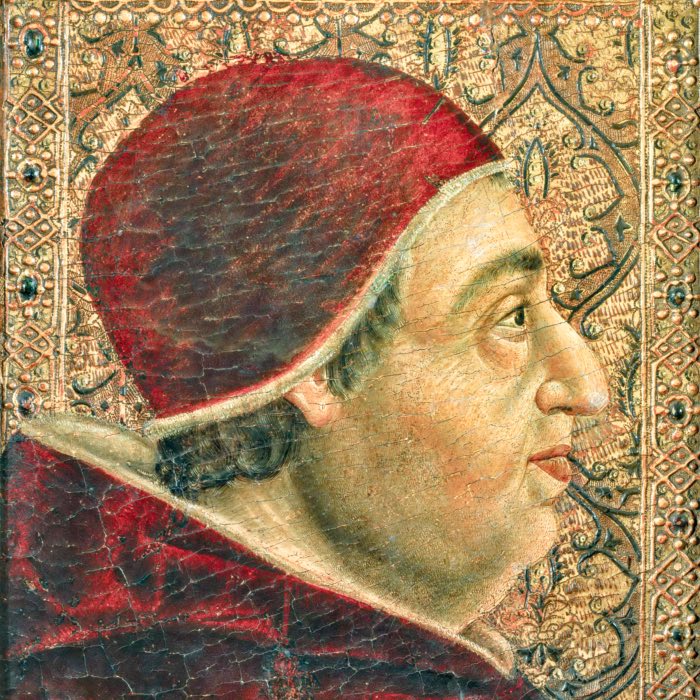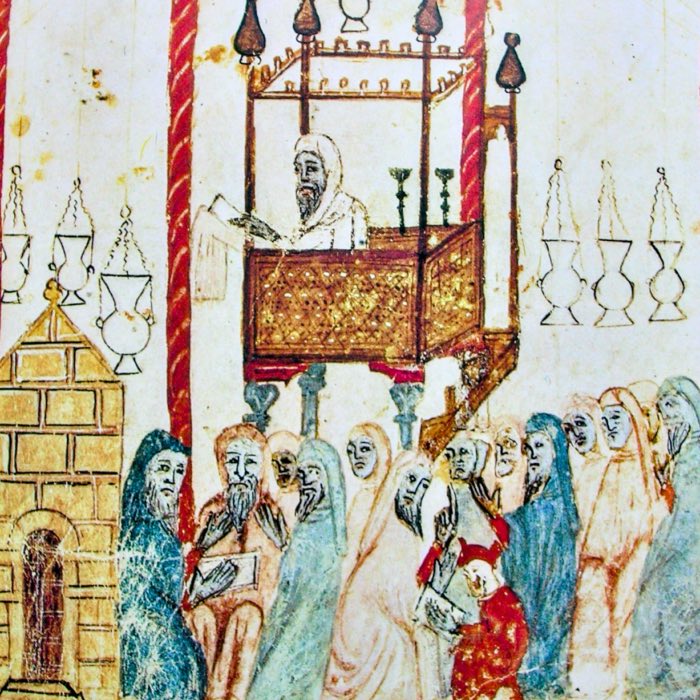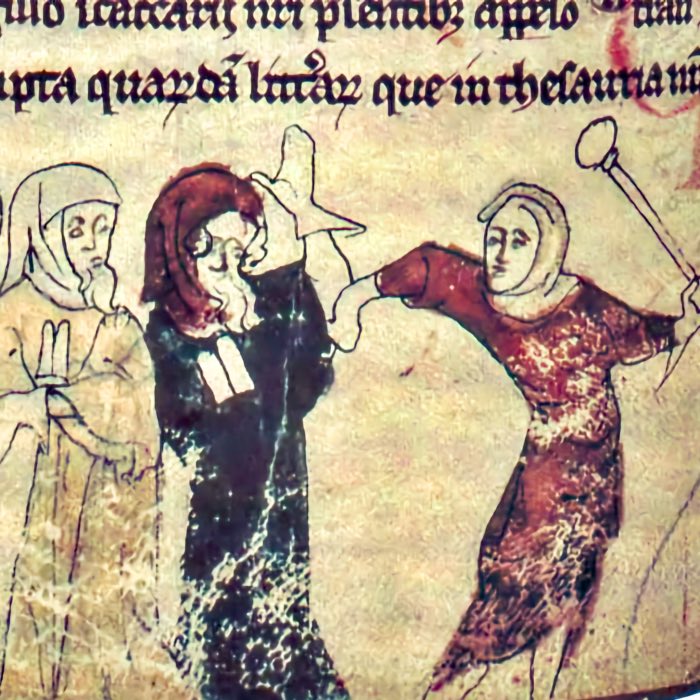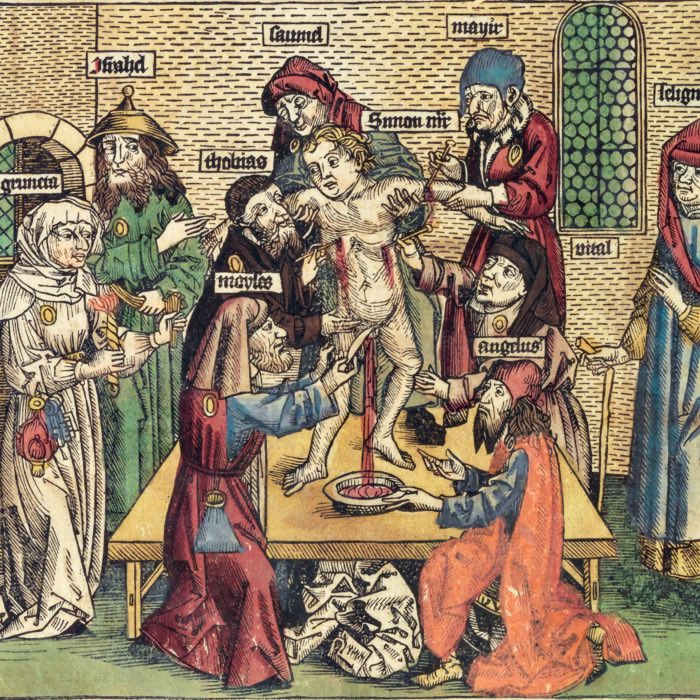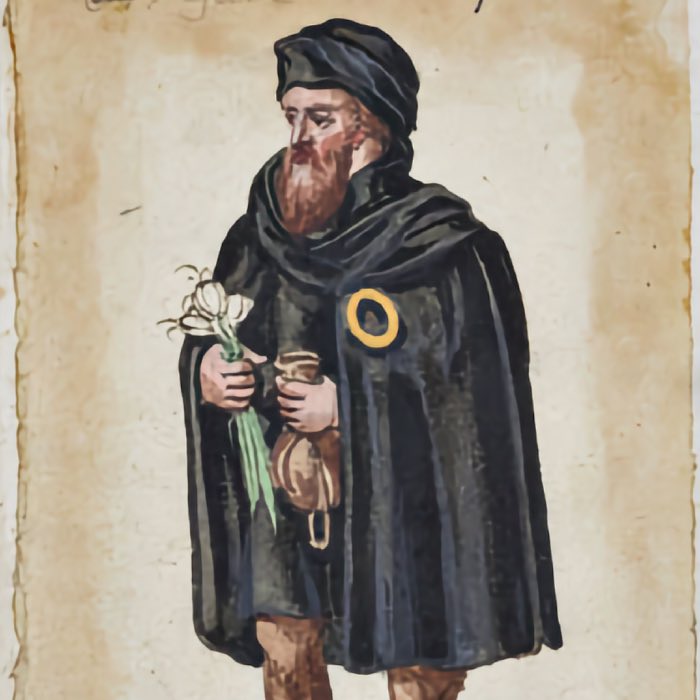Weekend Stories
I enjoy going exploring on weekends (mostly). Here is a collection of stories and photos I gather along the way. All posts are CC BY-NC-SA licensed unless otherwise stated. Feel free to share, remix, and adapt the content as long as you give appropriate credit and distribute your contributions under the same license.
diary · tags · RSS · Mastodon · flickr · simple view · grid view · page 3/36
The genocide in South America and the role of the Catholic Church
The colonization of South America by European powers in the 15th and 16th centuries marked one of the darkest chapters in human history. Under the guise of spreading Christianity, European conquerors and missionaries orchestrated a devastating conquest that annihilated entire cultures, subjugated indigenous populations, and caused the deaths of millions. The Spanish and Portuguese empires, often with the active support and encouragement of the Catholic Church, framed this colonization as both a civilizing mission and a divine mandate. However, the resulting destruction starkly contradicts Christian core teachings, which emphasize love, humility, and compassion. The genocide in South America, as some historians have termed it, was not merely the product of imperial greed but also of religious dogma weaponized to legitimize conquest and violence.
The Renaissance Popes: Corruption and power without piety
The Renaissance period (14th–17th centuries) was marked by profound cultural and intellectual renewal, but also by political maneuvering, corruption, and an unprecedented display of secular power by the papacy. During this time, the papal office transformed from a largely spiritual institution into a formidable political entity, deeply entangled in European power struggles. This shift is most glaringly illustrated by the reigns of Sixtus IV, Alexander VI, and Julius II — three pontiffs who embodied the extremes of papal secularization. They actively engaged in nepotism, warfare, and territorial expansion, prioritizing personal ambitions and political dominance over spiritual and theological concerns. Their actions collectively cemented the image of the Renaissance papacy as an era of moral decay and unrestrained secular ambition.
Jewish life under Islamic rule
The history of Jewish communities under Islamic rule presents a complex interplay of coexistence, cultural flourishing, and occasional hardship. Compared to their experiences in Christian Europe during the same period, Jewish life under Islamic governance was often marked by relative tolerance and integration, though not without challenges. This is particularly evident in Al-Andalus (Islamic Spain), where cities like Córdoba, Toledo, and Granada became vibrant centers of Jewish cultural and intellectual life. This unique interplay of Islamic legal principles, political pragmatism, and cultural exchange provided an environment that, while not devoid of discrimination, allowed Jewish communities to thrive in unprecedented ways.
The Jews in the Byzantine empire: A contrast to their fate in Western Europe
The Byzantine Empire, as the eastern continuation of the Roman Empire, offered a unique environment for Jewish communities that starkly contrasted with the experiences of Jews in Western Europe during the same period. While anti-Jewish sentiment existed in Byzantium, Jewish life and integration in the empire were significantly different from the violence, persecution, and expulsions that characterized Jewish-Christian relations in medieval Western Europe. The Byzantine approach combined a complex mix of tolerance, restriction, and pragmatic coexistence, shaped by theological, political, and economic factors. In this post, we explore the multifaceted nature of Jewish life in the Byzantine Empire and its implications for interfaith relations.
John Capistrano: A saint and an anti-semite
The canonization of John Capistrano, a 15th-century Franciscan friar, missionary, and preacher, raises troubling questions about the moral and ethical standards of sainthood in the Catholic. Revered as a saint for his missionary work and his role in the defense of Belgrade against the Ottoman Empire, Capistrano also stands out for his fervent anti-Semitism, incitement to violence, and intolerance. This dual legacy exemplifies the contradictions, moral decay, and institutional cynicism that have marked certain aspects of Church history.
The expulsion of the Jews from England in 1290: A precedent for persecution in Europe
The expulsion of Jews from England in 1290 marked one of the earliest formal expulsions of an entire Jewish population from a European nation. This act, carried out under the edict of King Edward I, was a culmination of decades of anti-Semitic policies, economic exploitation, and religious prejudice. The expulsion not only profoundly affected the Jewish community of England but also set a precedent for similar actions across Central Europe, leading to widespread displacement and the migration of Jews to more tolerant regions such as Spain and Eastern Europe. In this post, we explore the historical context, immediate consequences, and long-term legacy of the expulsion.
Simon of Trento: A prominent example of the Blood Libel myth
The case of Simon of Trento in 1475 is one of the most infamous examples of the blood libel myth, a false accusation that Jewish communities murdered Christian children for ritual purposes. The story of Simon is a focal example that sheds light on the actual relationship between Christians and the Jewish community in the Middle Ages, that transited from an initial coexistence and relative tolerance to one of propaganda, violence and persecution in Europe – after centuries of theological fueling of anti-Jewish sentiment.
The 4th Lateran Council in 1215: Institutionalized restrictions on Jews and the origins of systematic anti-Jewish policies
The Fourth Lateran Council, convened by Pope Innocent III between 1213 and 1215, marked a watershed moment in the institutionalization of anti-Jewish policies within the Catholic Church. This council not only defined the dogmatic framework of medieval Catholicism but also laid the groundwork for a systematic separation of Jews from Christian society. Among its 70 decrees, several targeted Jewish communities, introducing restrictions that would shape European attitudes toward Jews for centuries.
The York Pogrom of 1190: A dark chapter in England’s Jewish history
The York Pogrom of 1190 stands as one of the most harrowing episodes in the history of medieval England. It marked the culmination of escalating anti-Jewish sentiment, fueled by religious fervor, economic tensions, and the widespread propagation of anti-Semitic myths. This tragic event, which resulted in the deaths of approximately 150 Jews, highlights the precarious position of Jewish communities in medieval Europe and the devastating consequences of intolerance and scapegoating.
The incident of William of Norwich in 1144: The birth of the Blood Libel against the Jews
The case of William of Norwich in 1144 marks the first recorded instance of the blood libel — an accusation that would fuel centuries of anti-Semitic persecution in Europe. This libel falsely accused Jewish communities of murdering Christian children for ritual purposes, embedding a myth that perpetuated hatred, violence, and exclusion against Jews. The story of William of Norwich not only illustrates the devastating impact of religious prejudice but also demonstrates how such myths were exploited for social, political, and economic purposes. Furthermore, it shows how deeply ingrained anti-Semitic attitudes were in the Christian societies theologically and socially, paving the way for centuries of persecution and violence.

